Jon_Are
TPF Noob!
- Joined
- May 12, 2007
- Messages
- 655
- Reaction score
- 13
- Can others edit my Photos
- Photos NOT OK to edit
[FONT="]If youll open your text to page 15
:mrgreen:[/FONT]
[FONT="] [/FONT]
[FONT="]Peterson is writing about how tricky lighting situations can fool the cameras meter. The photo he uses as an example on this page the man in front of a brightly-lit building is presented as a successful exposure.[/FONT]
[FONT="] [/FONT]
[FONT="]I wouldnt call that exposure anything near successful. The background is horribly blown out. I would think the way to capture a correct exposure in this scene would require some fill flash.[/FONT]
[FONT="] [/FONT]
[FONT="]I understand he is making a point, but it looks as though he is presenting that image as properly exposed; something to strive toward.[/FONT]
[FONT="] [/FONT]
[FONT="]Comments?[/FONT]
Jon
[FONT="][/FONT]
[FONT="] [/FONT]
[FONT="]Peterson is writing about how tricky lighting situations can fool the cameras meter. The photo he uses as an example on this page the man in front of a brightly-lit building is presented as a successful exposure.[/FONT]
[FONT="] [/FONT]
[FONT="]I wouldnt call that exposure anything near successful. The background is horribly blown out. I would think the way to capture a correct exposure in this scene would require some fill flash.[/FONT]
[FONT="] [/FONT]
[FONT="]I understand he is making a point, but it looks as though he is presenting that image as properly exposed; something to strive toward.[/FONT]
[FONT="] [/FONT]
[FONT="]Comments?[/FONT]
Jon
[FONT="][/FONT]



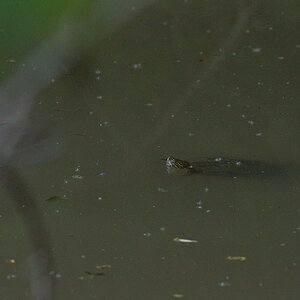
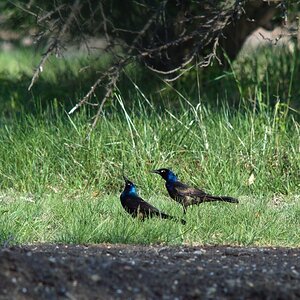

![[No title]](/data/xfmg/thumbnail/34/34134-d2249816e46b705693bfc543c9b1f481.jpg?1619736306)

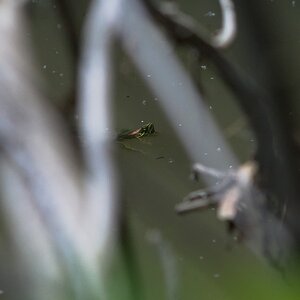
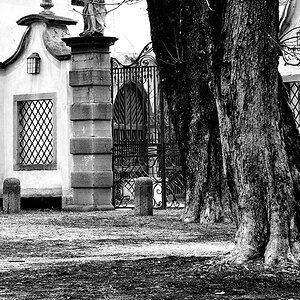
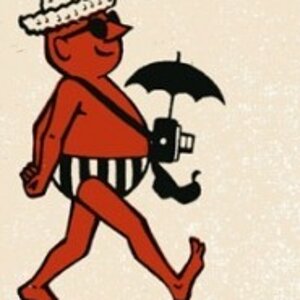


![[No title]](/data/xfmg/thumbnail/34/34082-cb4fe628070c391a1a71b4fdcc58f400.jpg?1619736268)
